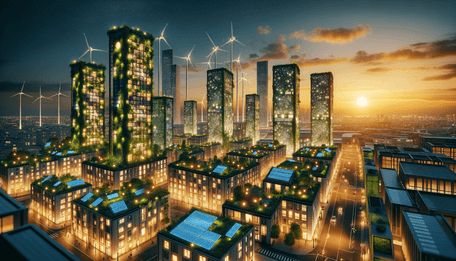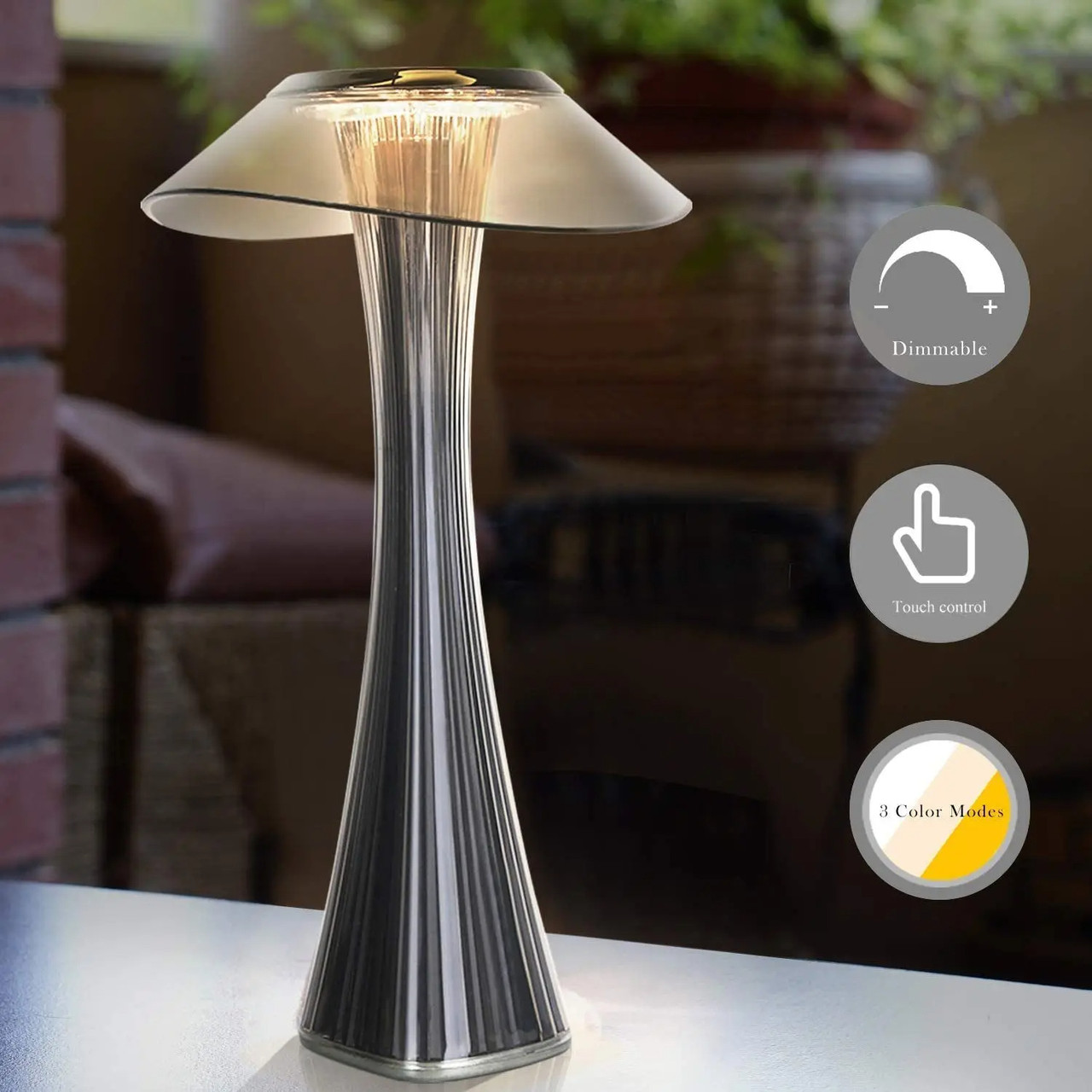Sustainable Practice: 7 Eco Design Principles for Residential Design
Jul 31, 2024
Sustainable Practice: 7 Environmental Design Principles for Residential Design
Sustainable practice and design has become more than just a trend in recent years; it's a necessity. As we grapple with the challenges of climate change and dwindling natural resources, architects and homeowners are increasingly looking for ways to reduce their environmental footprint through sustainable residential design.
In the realm of modern architecture, sustainability has become a pivotal concept, particularly in sustainable practice for residential design. The transformation from traditional building practices to those that are environmentally conscious reflects a growing awareness of our impact on the planet. This shift is not just a trend but a necessary evolution towards a more responsible way of living. Sustainable residential design isn't just about reducing energy consumption or using eco-friendly materials; it's a holistic approach that encompasses the entire lifecycle of a building, from its conception to its eventual decommission or repurposing. The principles of sustainable design seek to create spaces that are in harmony with the environment, energy-efficient, and healthy for its inhabitants. In this blog post, we will explore seven fundamental environmental design principles that are reshaping residential architecture. These principles are not just guidelines; they are steps towards a sustainable future, ensuring our homes contribute positively to the environment and society. This blog post can guide architects, designers, and homeowners in creating more sustainable and eco-friendly residential spaces.
Overview of Sustainable Design in Residential Architecture
Sustainable practice in residential architecture is a multifaceted approach that seeks to minimize the environmental impact of homes while maximizing their comfort and efficiency. It encompasses a range of strategies, from energy conservation and water efficiency to the use of sustainable materials and indoor environmental quality. By adopting these principles, we can reduce our carbon footprint, conserve valuable resources, and create homes that enhance our well-being and connection to the natural world.
1. Energy Efficiency
Importance of Energy Conservation
Energy efficiency is a cornerstone of residential sustainable design. The energy we use to power our homes has a significant environmental impact, contributing to greenhouse gas emissions and climate change. Therefore, it's crucial to focus on conserving energy and minimizing wasteful practices.
Techniques and Materials
To achieve energy efficiency in sustainable practices, architects and homeowners can employ various techniques and materials:
- Passive Solar Design: Properly orienting homes to maximize natural light and heat from the sun, reducing the need for artificial lighting and heating.
- High-Performance Insulation: Using insulation materials with high R-values to minimize heat transfer through walls and roofs.
- Energy-Efficient Appliances: Opting for Energy Star-rated appliances and smart home technologies that reduce energy consumption.
- Renewable Energy: Incorporating solar panels or wind turbines to generate clean, renewable energy on-site.
- Smart Building Controls: Implementing automated systems that optimize energy usage, such as programmable thermostats and lighting controls.
2. Water Conservation
Rainwater Harvesting and Efficient Fixtures
Water is another precious resource that sustainable residential design seeks to conserve. Water-efficient practices not only reduce water bills but also alleviate the strain on municipal water supplies. Two key aspects of sustainable practice for water conservation in residential design are:
- Rainwater Harvesting: Collecting and storing rainwater for non-potable uses, such as watering gardens and flushing toilets.
- Low-Flow Fixtures: Installing low-flow faucets, showerheads, and toilets to reduce water consumption without sacrificing performance.
Landscaping Considerations
Sustainable landscaping complements water conservation efforts by selecting drought-resistant native plants and employing efficient irrigation systems that minimize water waste.
3. Sustainable Materials
Choosing Eco-Friendly and Durable Materials
The choice of materials used in construction significantly impacts a home's sustainability. It's essential to consider materials that are:
- Recycled or Reclaimed: Utilize materials with recycled content or reclaimed wood, reducing the demand for virgin resources.
- Renewable: Opt for materials like bamboo, cork, and certified wood from sustainably managed forests.
- Low VOC: Select paints, finishes, and adhesives with low volatile organic compound (VOC) content to improve indoor air quality.
Impact on the Environment and Health
Sustainable materials not only benefit the environment but also contribute to the health and well-being of occupants. They reduce exposure to harmful chemicals and promote a healthier indoor living environment.
4. Indoor Environmental Quality
Natural Lighting and Ventilation
Indoor environmental quality plays a vital role in the comfort and well-being of residents. Sustainable design principles emphasize:
- Natural Lighting: Maximizing the use of natural light to reduce the need for artificial lighting and create a more pleasant living environment.
- Natural Ventilation: Incorporating windows, vents, and design elements that facilitate cross-ventilation, enhancing indoor air quality and comfort.
Non-Toxic Materials and Air Quality
The choice of non-toxic materials, such as low VOC paints and finishes, contributes to better indoor air quality, reducing the risk of health issues associated with poor air quality. Ensuring proper ventilation systems further enhances the overall indoor environment.
5. Waste Reduction
Design for Reduced Waste During Construction
Sustainable residential design extends beyond the finished home. It begins with the construction phase, where careful planning can minimize waste:
- Modular Construction: Utilizing modular building techniques that reduce waste by fabricating components off-site and minimizing on-site construction waste.
- Recycling and Salvaging: Implementing recycling and salvaging practices during demolition and construction, diverting materials from landfills.
Recycling and Composting Options
Incorporate recycling and composting options into daily life, encouraging residents to reduce waste, recycle materials, and divert organic waste from landfills.
6. Community and Location
Building in Harmony with the Community
Sustainable residential design considers the broader context, focusing on integrating homes into existing communities and preserving local ecosystems. Key considerations include:
- Community Engagement: Engaging with the local community to understand its needs and aspirations, ensuring that new developments align with the existing character.
- Preservation of Green Spaces: Minimizing the disruption of natural habitats and green spaces during development.
Accessibility and Transport
Promote accessibility and reduce dependence on cars by:
- Walkability: Designing neighborhoods with pedestrian-friendly infrastructure, encouraging walking and cycling.
- Public Transportation: Locating homes near public transportation options, reducing the need for private vehicles.
7. Innovation and Design Process
Incorporating New Technologies
Innovation is at the heart of sustainable residential design. Embrace emerging technologies to enhance sustainability:
- Smart Home Systems: Integrate smart home technologies that optimize energy usage, control lighting, and monitor resource consumption.
- Green Building Certifications: Pursue green building certifications like LEED or Passive House to ensure that homes meet rigorous sustainability standards.
Adaptive and Future-Proof Designs
Design homes with adaptability and resilience in mind:
- Flexible Spaces: Create flexible spaces that can be easily adapted for changing needs, reducing the need for major renovations.
- Climate-Responsive Design: Consider climate change impacts and design homes that are resilient to extreme weather events.
Conclusion
Summary of Principles
Sustainable residential design is more than a trend; it's a fundamental shift toward a more responsible and eco-conscious way of living. By integrating the seven environmental design principles outlined in this guide—energy efficiency, water conservation, sustainable materials, indoor environmental quality, waste reduction, community and location, and innovation and design process—we can create homes that are not only environmentally friendly but also comfortable, healthy, and adaptive.
The Future of Sustainable Residential Design
As the world continues to grapple with environmental challenges, the future of residential design lies in our ability to adapt and innovate. Sustainable practices will continue to evolve, offering new opportunities for architects, designers, and homeowners to create homes that not only meet our needs today but also respect the needs of future generations. By embracing sustainability, we can contribute to a brighter and more sustainable future for all.



